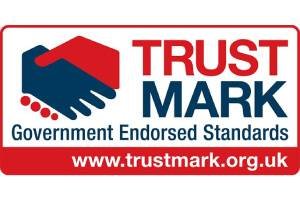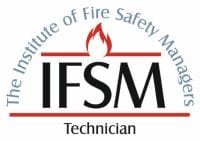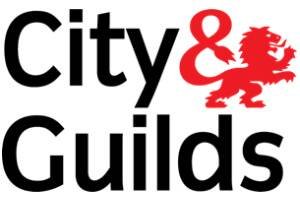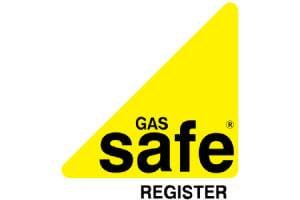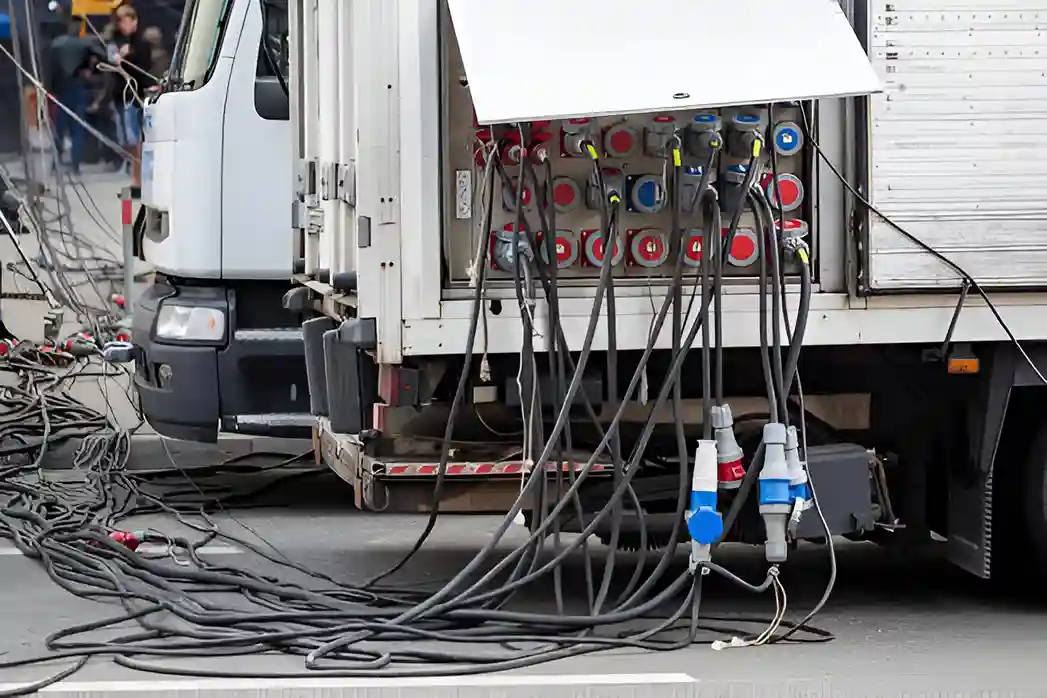
EICR inspections are critical assessments of electrical systems, focusing on safety and compliance. These evaluations are not only a legal requirement for landlords but also beneficial for homeowners. Understanding the implications and processes involved in EICR is essential for anyone responsible for property safety. What factors influence the cost and frequency of these inspections? Exploring these questions can provide valuable insights into maintaining a safe electrical environment.
Key Takeaways
- EICR inspections evaluate electrical systems to identify hazards and ensure compliance with safety regulations, preventing accidents and electrical failures.
- Landlords must conduct EICR every five years or with new tenants, while homeowners are recommended to inspect every ten years.
- Professional EICR enhance property value by providing safety certifications and facilitating smoother transactions for buyers and tenants.
- The inspection process includes preliminary evaluations, visual checks, circuit testing, and detailed documentation of findings and remedial actions.
- Factors influencing EICR inspection costs include property size, location, condition of electrical systems, and regulatory requirements.
What Is an EICR Inspection and Why Does It Matter?
An EICR inspection, or Electrical Installation Condition Report inspection, serves as a critical evaluation of a property’s electrical systems. This thorough assessment identifies potential hazards, ensuring that electrical installations are safe and compliant with current regulations.
By examining wiring, circuits, and devices, the inspection aims to prevent electrical failures that could lead to severe consequences, including fires or electrocution.
For those who value autonomy and safety, understanding the importance of an EICR inspection is essential. It empowers property owners to take proactive measures in maintaining their electrical systems, promoting a secure living or working environment.
Additionally, possessing a valid EICR can enhance a property’s marketability, appealing to potential buyers or tenants who prioritise safety.
Ultimately, an EICR inspection not only safeguards individuals and their spaces but also fosters a sense of freedom from the worry of electrical hazards.
Who Is Required to Have an EICR Inspection?
Who exactly needs to undergo an EICR inspection? The requirement for an Electrical Installation Condition Report (EICR) varies based on property ownership and usage. Landlords, for instance, are legally obligated to guarantee their rental properties are inspected every five years or with each new tenant. Homeowners may also benefit from regular inspections, particularly if they are planning renovations or have older wiring systems. Additionally, businesses must comply with safety regulations, mandating inspections at specific intervals.
| Property Type | Inspection Requirement |
|---|---|
| Residential Rentals | Every 5 years or with new tenants |
| Owner-Occupied Homes | Recommended every 10 years |
| Commercial Properties | Every 5 years or as per regulations |
| Houses in Multiple Occupation | Every 5 years |
| Holiday Lets | Every 5 years |
Understanding these requirements is vital for maintaining safety and guaranteeing compliance with regulations.
Benefits of a Professional EICR Inspection
EICR offer numerous advantages that extend beyond mere compliance with legal requirements. By engaging a professional, property owners gain peace of mind, knowing that their electrical systems are scrutinised for safety and functionality. This proactive approach can prevent costly accidents or electrical failures, ultimately protecting both investments and lives.
Additionally, a professional EICR can enhance property value, as prospective buyers often prioritise safety certifications. Having a valid EICR can also facilitate smoother transactions, reducing the risk of last-minute negotiations or complications.
Moreover, professionals bring expertise and experience that allow for thorough assessments, including the identification of underlying issues that may not be immediately apparent. Their knowledge of current regulations guarantees that properties remain compliant, providing freedom from potential legal repercussions.
Ultimately, professional EICR empower property owners, fostering a secure and liberated living environment for all occupants.
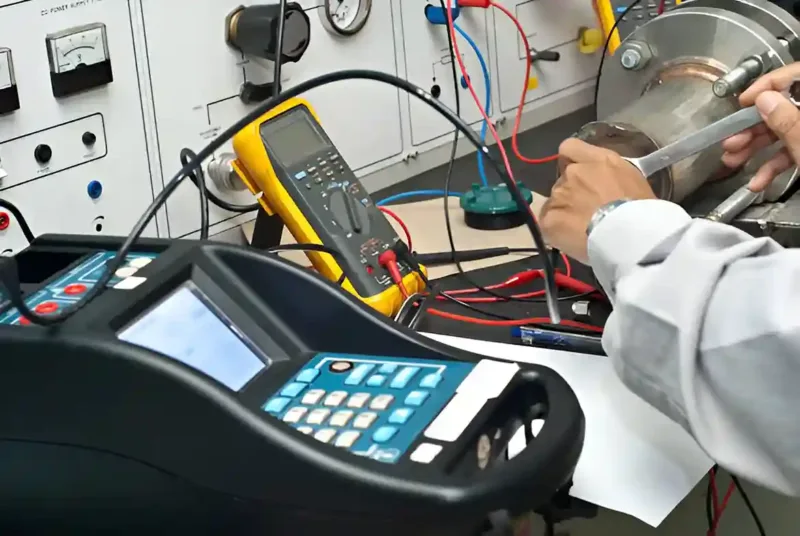
Step-by-Step Process of an EICR Inspection
Before the inspection begins, a qualified electrician will typically conduct a preliminary evaluation to gather essential information about the property’s electrical systems. This initial step lays the groundwork for a thorough EICR.
The process generally unfolds as follows:
- Visual Inspection: Checking for any signs of wear, damage, or non-compliance in the electrical installations.
- Testing Circuits: Conducting tests on various circuits to guarantee they function correctly and safely.
- Voltage and Continuity Tests: Measuring voltage levels and continuity to verify the integrity of wiring.
- Earth Fault Loop Testing: Evaluating the effectiveness of earthing systems to prevent electrical shocks.
- Documentation: Compiling findings in a detailed report, which will include any required remedial actions.
How Long Does an EICR Inspection Take?
The duration of an EICR can vary based on several factors, including the size of the property and the complexity of its electrical systems. Generally, inspections can take anywhere from one to several hours. A small, straightforward residential property may require only a couple of hours, while larger, more intricate properties could take a whole day or more.
The presence of additional features, such as outbuildings or extensive wiring, can also extend the inspection time.
Furthermore, the experience of the inspector plays a significant role in efficiency. A skilled professional may navigate the inspection process more swiftly, ensuring thoroughness without unnecessary delays.
Homeowners should consider these variables and plan accordingly, allowing sufficient time for the inspection to be completed properly.
Ultimately, a detailed EICR is essential for ensuring safety and compliance, providing peace of mind for property owners and occupants alike.
EICR for Landlords and Rental Properties
For landlords managing rental properties, conducting an EICR inspection is not only a legal requirement but also an essential step in ensuring the safety of tenants. This inspection helps landlords maintain a safe living environment, fostering trust and satisfaction among tenants.
Key aspects of EICR for landlords include:
- Legal Compliance: Adherence to the Electrical Safety Standards in the Private Rented Sector (England) Regulations 2020.
- Safety Assurance: Identifying potential hazards that could endanger tenants.
- Property Value Protection: Maintaining electrical systems contributes to the overall value of the property.
- Insurance Benefits: Proper documentation can simplify insurance claims related to electrical issues.
- Tenant Satisfaction: Demonstrating commitment to safety can enhance tenant retention and reduce turnover.
EICR for Businesses and Commercial Premises
EICR inspections are essential for businesses and commercial premises, ensuring compliance with safety regulations and protecting both employees and customers. These inspections assess the electrical installations to identify potential hazards that could lead to accidents or disruptions.
For business owners, conducting a thorough EICR demonstrates a commitment to safety and responsible management, fostering trust among staff and clientele.
Moreover, regular inspections can prevent costly downtime and mitigate the risk of electrical failures that might disrupt operations. Businesses that prioritise EICR inspections often enjoy lower insurance premiums due to their proactive approach to safety.
Non-compliance can result in hefty fines and, more importantly, jeopardise the well-being of individuals within the premises. Consequently, EICR serve not only as a regulatory requirement but also as a pathway to operational freedom, allowing businesses to thrive in a safe environment, free from electrical hazards.
EICR for Homeowners / Why It’s Just as Important
Homeowners must recognise the importance of EICR in maintaining electrical safety within their residences.
Regular inspections empower homeowners to verify their electrical systems are functioning properly and safely, which contributes to a sense of freedom and peace of mind.
Key reasons for homeowners to prioritise EICR inspections include:
- Preventing Electrical Fires: Identifying potential hazards reduces the risk of fire.
- Ensuring Compliance: Staying informed about safety standards protects against future liabilities.
- Enhancing Property Value: A well-maintained electrical system increases market appeal.
- Promoting Energy Efficiency: Addressing issues can lead to reduced energy costs.
- Safeguarding Family Health: Reliable systems minimise risks of electrical shocks and other hazards.
Legal Requirements Around EICR in the UK
Although many homeowners may overlook the significance of electrical safety, legal requirements surrounding EICR in the UK mandate regular assessments to guarantee compliance with safety standards.
The Electrical Safety Standards in the Private Rented Sector (England) Regulations 2020 specify that landlords must have an EICR conducted at least every five years. For owner-occupied homes, while not legally required, it is strongly advised to affirm safety and prevent hazards.
Failure to comply can lead to severe consequences, including fines and legal liabilities. Additionally, insurance claims may be jeopardised if an EICR is not performed.
This legislation underscores the importance of proactive electrical safety measures. Homeowners and landlords alike should embrace these inspections as a means to protect their property, occupants, and ultimately, their freedom from potential electrical disasters.
Understanding these legal frameworks empowers individuals to uphold safety and maintain their rights within their living spaces.
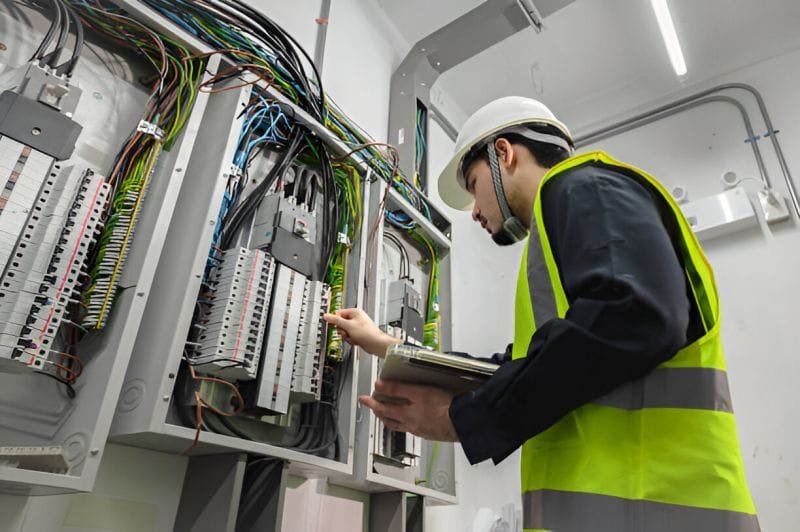
Factors That Affect EICR Costs
Several factors influence the costs associated with EICR, making it essential to understand these variables for accurate budgeting.
The overall expense can vary greatly based on several key elements:
- Property Size: Larger properties naturally require more time and resources for inspection.
- Location: Geographical location can impact labour costs and accessibility.
- Condition of Electrical Systems: Older or poorly maintained systems may necessitate additional testing and evaluation.
- Complexity of Installation: Unique or complicated electrical setups may lead to increased inspection time.
- Regulatory Changes: New regulations may require more thorough inspections, affecting overall costs.
Understanding these factors empowers property owners to make informed financial decisions regarding EICR, ensuring they allocate the necessary resources for safety and compliance.
Frequently asked questions.
Conclusion
In summary, EICR inspections play a vital role in ensuring electrical safety for both residential and commercial properties. By identifying potential hazards and ensuring compliance with safety standards, these inspections not only protect occupants but also enhance property value. Regular EICR assessments, mandated for landlords and recommended for homeowners, are essential for maintaining a safe living and working environment. Ultimately, investing in professional EICR safeguards against legal liabilities and provides peace of mind for all property owners.


